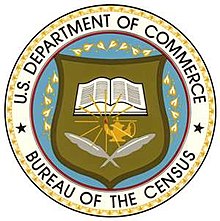City proper
[1][2] The term proper is not exclusive to cities; it can describe the geographical area within the boundaries of any given locality.
The United Nations defines the term as "... the single political jurisdiction which contains the historical city centre.
[5][6] In its strict sense, city proper is used as a technical term in demography, the statistical study of human populations.
"[7] In demography, city proper is one of the three basic concepts used to define urban areas and populations.
A United Nations University working paper titled "Urban Settlement"[4] reviews the most commonly used data sources, and highlights the difficulties inherent in defining and measuring the size of urban versus rural populations.
Especially when translated from the English or back, "city proper" sometimes takes on different meanings in different parts of the world.
In its data however, the United Nations Demographic Yearbook affords the individual countries considerable leeway over the definition of "city proper".
The City of Kalgoorlie-Boulder (population 32,000) covers more area than Hungary, Portugal, Austria, or Ireland.
According to the "Urban Settlement" working paper, in 1986, to cope with growing administrative demands at the local level, China essentially reclassified counties as cities in order to allow local city governments to control the surrounding areas".
Depending on which classification is used, Chongqing is sometimes listed as the world's largest city and, in other cases, does not even appear in the top rung of urban population rankings".
A similar situation exists in Australia, where large cities are divided into much smaller Local Government Areas, with the exception of Queensland.






